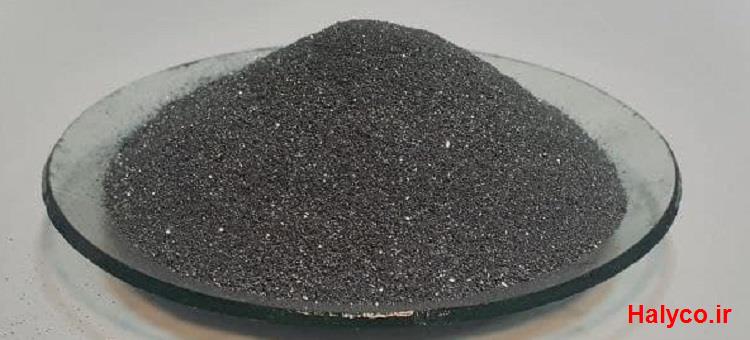Inoculant

Introduction
A substance added to a metal or alloy in small quantities, causing a significant change in its structure and properties. The effect of such treatment is called inoculation. According to the classification of P. A. Rebinder, inoculants are divided into two groups. The first group includes surface-ctive substances, which are adsorbed on the nuclei that form on crystallization centers and retard their growth,resulting in the appearance of a large number of new nuclei, whose growth becomes possible as the concentration of the inoculant on their surfaces decreases.
Inoculants of the second type facilitate the formation of crystallization centers, such as colloidal particles, which affect the nucleation of crystals of the metallic phase during hardening. Upon the appearance of a large number of such centers, there is increased formation of fine granules of the principal phase or fine inclusions of other phases. Phases that otherwise would not be formed in the material sometimes crystallize on such centers.Inoculants of both groups disintegrate granules (inclusions), but inoculants of the first group enhance the supercooling of melts during crystallization, and those of the second group reduce supercooling.(*)
The addition of an inoculant to molten cast iron is advisable and even necessary in most cases, in order to be able to produce castings which fulfill the quality requirements. The mechanical properties and machinability of cast iron with lamellar, compact and nodular graphite greatly depend on the formation of the basic and secondary structure. Both are significantly influenced by the inoculation treatment. Therefore the mechanism of inoculation and the graphite nucleation during the solidification of cast iron will be explained here in more detail.
In practice, inoculants are mostly special alloys based on ferro-silicon. They contain additions of inoculation-effective elements with a high affinity to oxygen, such as calcium, aluminum, barium, zircon, strontium and rare earth metals. This is because successful inoculation is always associated with a depletion of the oxygen dissolved in the melt. However, some inoculants also contain elements such as bismuth, titanium, manganese, sulfur and oxygen, for example, which can also have a positive effect on the graphite nucleation.
A selection of the wide range of inoculants available from HALYCO is available
. Furthermore, inoculants based on FeSi with additions of graphite are also available via which, in addition to the resultant oxides, graphite nuclei are introduced into the melt. When using graphite as an inoculant, it must be noted that this involves crystallized graphite, which is produced at high temperatures (2500°C). Some of these inoculation-effective constituents of the inoculants, in particular calcium and aluminum, are already contained in certain quantities as “natural” content in the so-called “inoculation FeSi”.
More INFO
(*) REFERENCE
Rebinder, P. A., and M. S. Lipman. “Fiziko-khimicheskie osnovy modifikatsii metallov i splavov malymi poverkhnostno aktivnymi primesiami.” In Issledovaniia v oblasti prikladnoi fiziko-khimii poverkhnostnykh iavlenii. Moscow-Leningrad, 1936.



